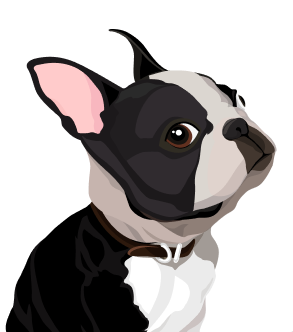4) Repeat this exercise several times a
day, gradually increasing the time your
pup spends on a leash.

5) Take off the leash when the puppy
doesn’t pay attention to it. If they
start to play with the leash or nibble
it, switch their attention to the treats
or a game.
6) When you start walking with your
puppy, a leash will be a signal of a
pleasant walk. There are so many
distractions outside, that the puppy
will soon forget that they are on a
leash. So put your pup on a leash and go
for a walk.
7) When the puppy gets a bit older,
train them not to rush immediately after
the leash is taken off. Give the “Sit”
command right after you take the leash
off. Let the dog go after the “Walk”
command.
8) Putting on a leash doesn’t
have to be associated only with the end
of the walk. Put your dog on a leash
from time to time but don’t go
home.
9) Train your pup to walk on a loose
leash. This is important to make your
walks comfortable.
10) Don’t jerk the leash or play with
it, otherwise the puppy may start
chewing on the leash and you will have
to correct this behavior.

